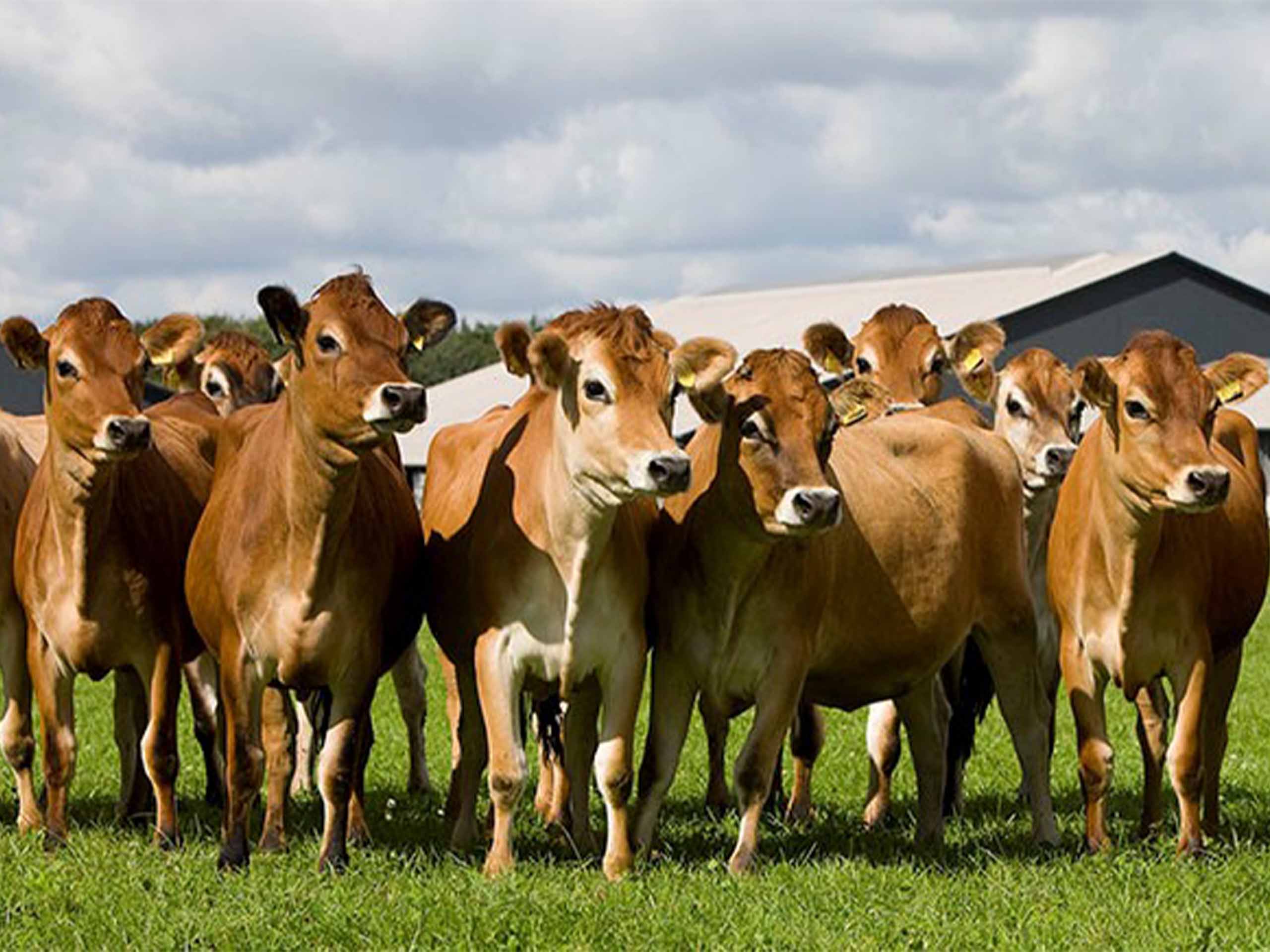Holstein
Friesian veya 'Holstein-Friesian' ırkının kökleri 2.000 yıl öncesine dayanmaktadır. O zamanlar bile mükemmel sütçülük özellikleriyle bilinen bu cins, o zamandan beri rafine edilmiş ve optimum süt üretimi elde etmek için seçici olarak yetiştirilmiştir.
Holstein inekleri kuzey Almanya'da ortaya çıkarken, Friesianlar Hollanda'dan gelmiştir. Zaman içinde bu iki ırk yaygın olarak melezlenmiş ve sonuçta tipik olarak ¼ ile ¾ arasında Holstein genetiği içeren modern Friesian'lar ortaya çıkmıştır, dolayısıyla tanıdık tireli isim de buradan gelmektedir.
Friesian sığırları boynuzludur ve orijinal olarak siyah-beyaz ya da kırmızı-beyazdır. Ancak günümüzde kırmızı çeşit nadirdir ve özellikle Hollanda'da az sayıda bulunur. Modern Friesian'lar belirgin, keskin hatlı siyah lekeler içeren beyaz bir kürke sahiptir.
Tam olgunluğa ulaştığında, ortalama Friesian ineği yaklaşık 580 kg ağırlığında olup, boyut ve ağırlık bakımından saf Holstein'larla karşılaştırılabilir. Tarihsel kayıtlar, bazı Friesian sığırlarının 1,3 tonu aşan bitirme ağırlıklarına ulaştığını göstermektedir!
Friesianlar İrlanda'nın değişken iklimine çok uygundur ve hem kıtasal mevsimsel değişimlere hem de Kuzey Amerika'nın daha sıcak iklimlerine kolayca uyum sağlar. İrlanda'nın soğuk kışlarına ve ara sıra yaşanan sıcak yaz dalgalarına sorunsuzca dayanırlar.
Kuzey Avrupa'da Friesianlar öncelikle süt için yetiştirilirken, Güney Avrupa'da daha çok sığır eti üretimine odaklanılmaktadır.
Bu sığırlar etkileyici bir uzun ömürlülüğe sahiptir ve bu da sürü yenileme maliyetleri konusunda endişe duyan çiftçiler için avantajlıdır.
Friesianlar ayrıca mükemmel gebe kalma oranları sergiler ve diğer birçok ırka göre ömür boyu daha fazla buzağı üretir. Düveler ancak 13 aylık olduktan sonra yetiştirilmelidir ve buzağılar doğumda tipik olarak yaklaşık 45 kg ağırlığındadır.
Erkek Friesian buzağıları, ırkın sütçülük mirasına rağmen mükemmel sığır eti verimi ürettikleri için oldukça değerlidir. Friesian boğaları hızlı, yoğun sığır eti üretim sistemlerinde gelişir ve bu da onları daha kısa bir bitirme süresi arayan çiftçiler için ideal hale getirir. Ancak, herhangi bir cins boğa ile çalışırken dikkatli olunmalıdır! Daha fazla bilgi için, bu güçlü hayvanları idare etme konusunda rehberlik sunan Boğa Güvenliği makalemize bakın.
Friesian'lar genellikle yüksek laktasyon oranlarıyla övülürler. Ortalama bir Friesian ineği yaşamı boyunca yaklaşık 3,2 laktasyon üretir, ancak bazıları hem yayla hem de ova meralarında otlayarak şaşırtıcı bir şekilde 12 ila 15 laktasyon elde etmiştir. Tipik bir Friesian yaşamı boyunca yaklaşık 26.000 litre süt üretecektir, ancak tereyağı içeriğinin genellikle nispeten düşük olduğunu belirtmek gerekir.
Friesian'ların sürü protein seviyeleri ortalama 3,4% civarındadır ve bu da onları birçok süt çiftçisi için tercih edilen bir seçenek haline getirmektedir.










